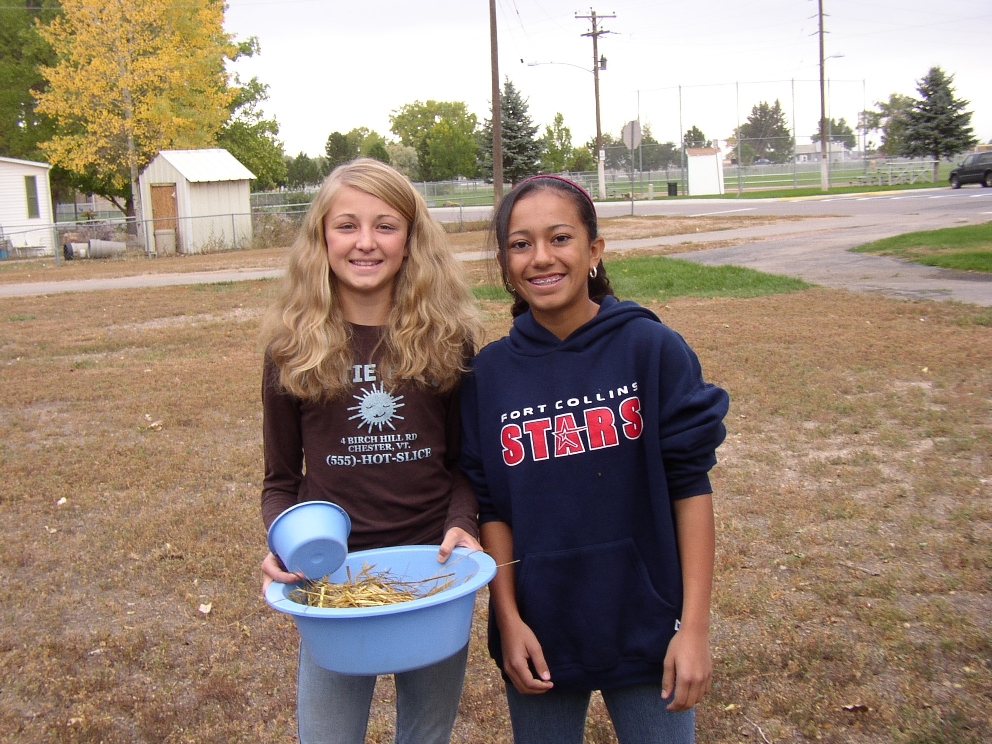 As part of the Colorado State Standards for science, students must become versed in the intricacies of the water, carbon/oxygen, and nitrogen cycles. I make these often difficult concepts come to life through a variety of classroom activities and field experiences. In each case, students are challenged to “put themselves in the picture” and research how humans affect each cycle.
As part of the Colorado State Standards for science, students must become versed in the intricacies of the water, carbon/oxygen, and nitrogen cycles. I make these often difficult concepts come to life through a variety of classroom activities and field experiences. In each case, students are challenged to “put themselves in the picture” and research how humans affect each cycle.
To begin with, students review the water cycle using PLT’s “Water Wonders” activity. This is followed by creating a story, song, or cartoon that depicts the flow of water through at least nine different locations on Earth. Students monitor their water use with PLT’s “Every Drop Counts” and then add something to their creative piece that puts them into the picture!
Several activities and lab experiences teach the balance between photosynthesis and respiration, the basis for the carbon/oxygen cycle. The “Rock and Roll of Photosynthesis” song from PLT’s Energy & Society kit is used in a unique way. Each team of students takes one verse of the song and illustrates the main ideas on a white board. The teams teach each other the main ideas by sharing their drawings. It’s amazing how much accurate science is contained in one song! Difficult concepts like the sun’s energy being captured by chloroplasts, the formation of glucose, and even the fact that it’s water’s oxygen that gets released are illustrated and discussed. Students can be seen walking down the hall for days jiving to “pho-to-syn-thesis, is a pro-ah-cess, let’s us exist That pho-to-syn-thesis. You know it’s true, we’d all be through without the rock and roll of photosynthesis!”
To grasp the nitrogen cycle, the most complex of the three, students study nitrogen fixation, fertilization, protein synthesis, and decomposition. They select a variable and design a controlled experiment on composting. The classes start with PLT’s “Nature’s Recyclers” and other background information on composting. Often, a master composter from the City of Fort Collins Natural Areas program comes in as a guest speaker. Students then design and build mini compost columns in two liter pop bottles to determine what variables will affect the rate of decomposition. They collect compostable garbage for several days from home and the school cafeteria to use in the experiment, and calculate how much compostable waste is sent to the landfill each week. For temperature control, the compost columns are stored in the classroom, but students measure and stir their compost outside. It’s a great excuse to get outdoors at least once a week! Through this experiment, which lasts for a couple of months, the water cycle, carbon/oxygen cycle, and nitrogen cycle are interrelated and reinforced.
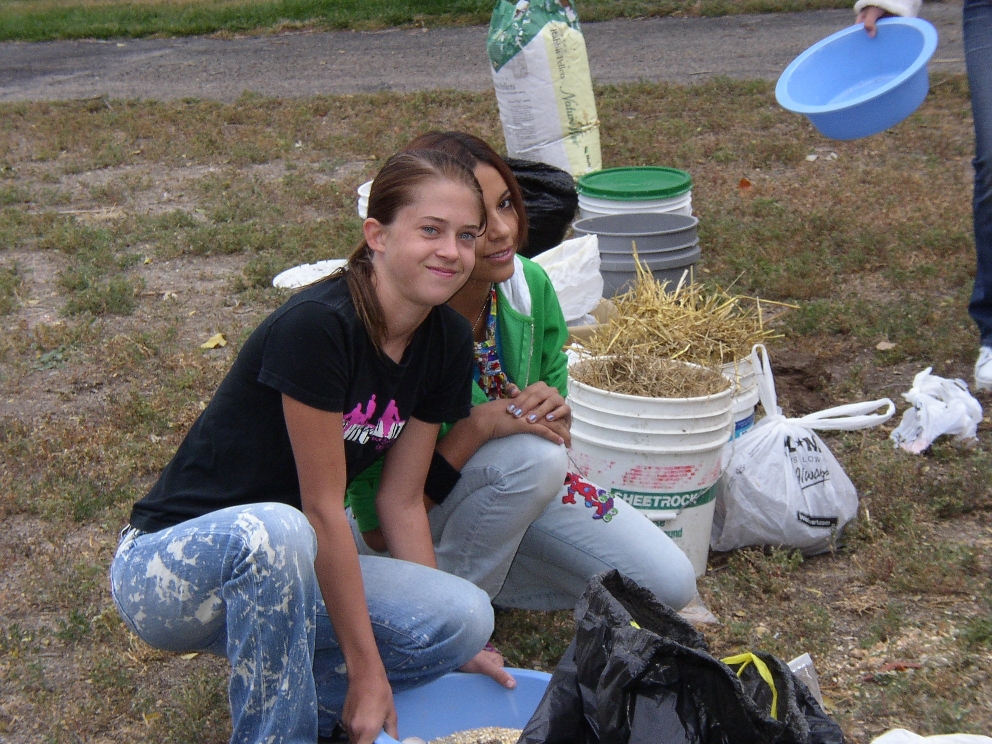
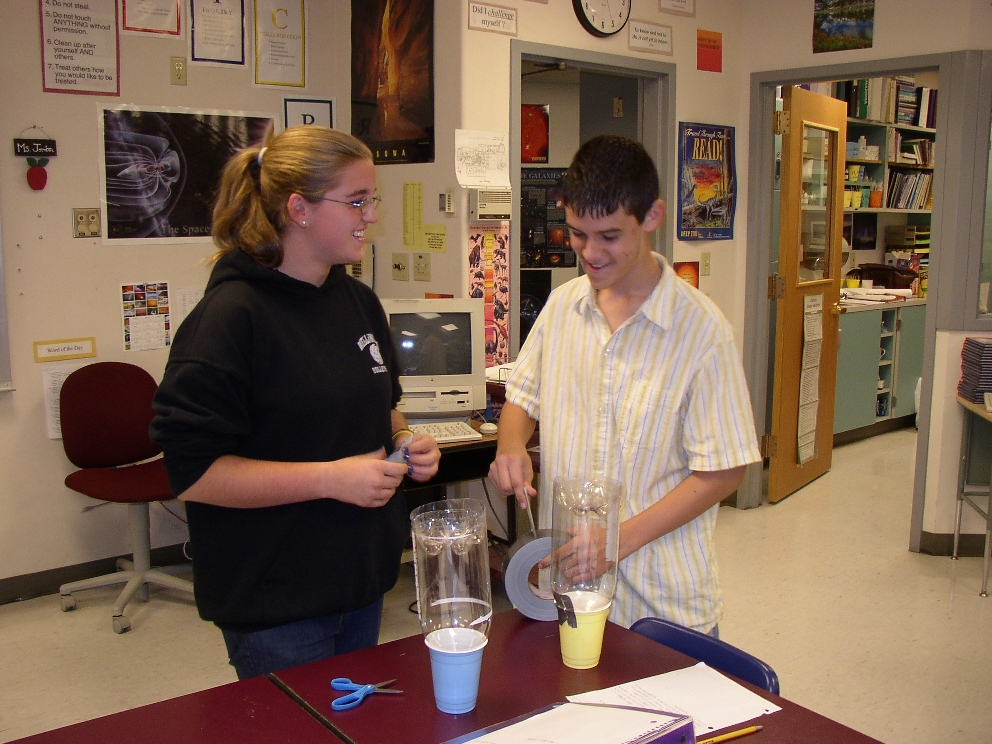
Lastly, I organize a field trip that’s generously funded each year by a local grant. Over 120 eighth graders rotate through three vital stops: the Larimer County Landfill and Recycling Center, the Wellington sewage treatment plant, and the La Luna Dairy just west of Wellington. The dairy boasts a commercial composting capability managed by Hageman EarthCycle; water recycling throughout the dairy; as well as an experimental biological odor control system for the sludge pond that relies on the carbon/oxygen, nitrogen, and water cycle for its success.
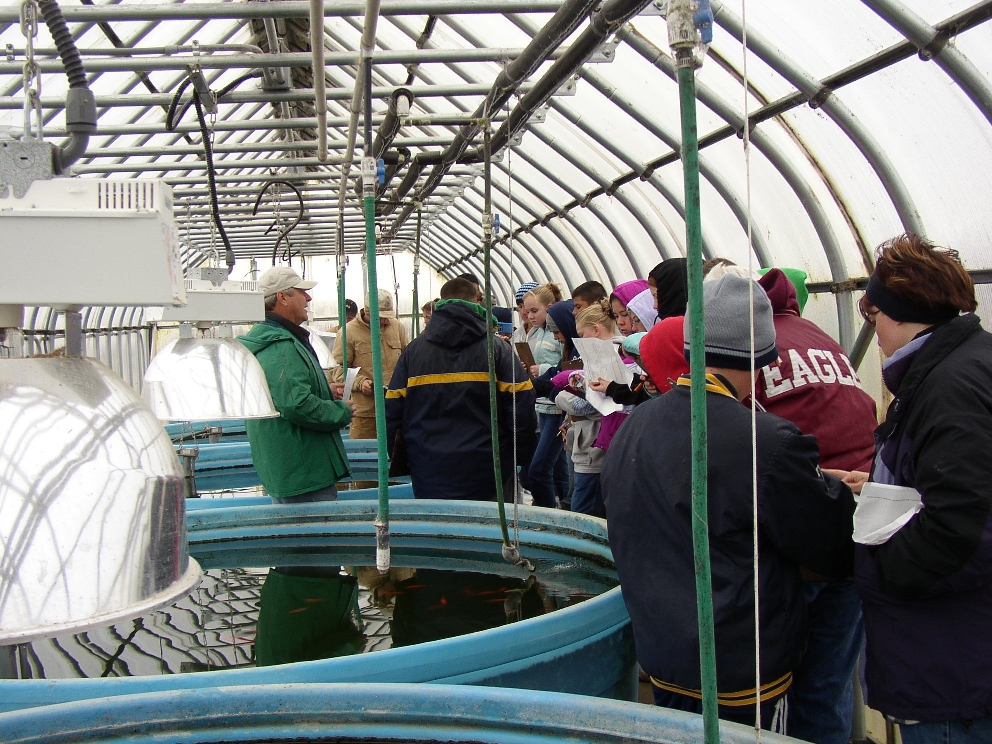
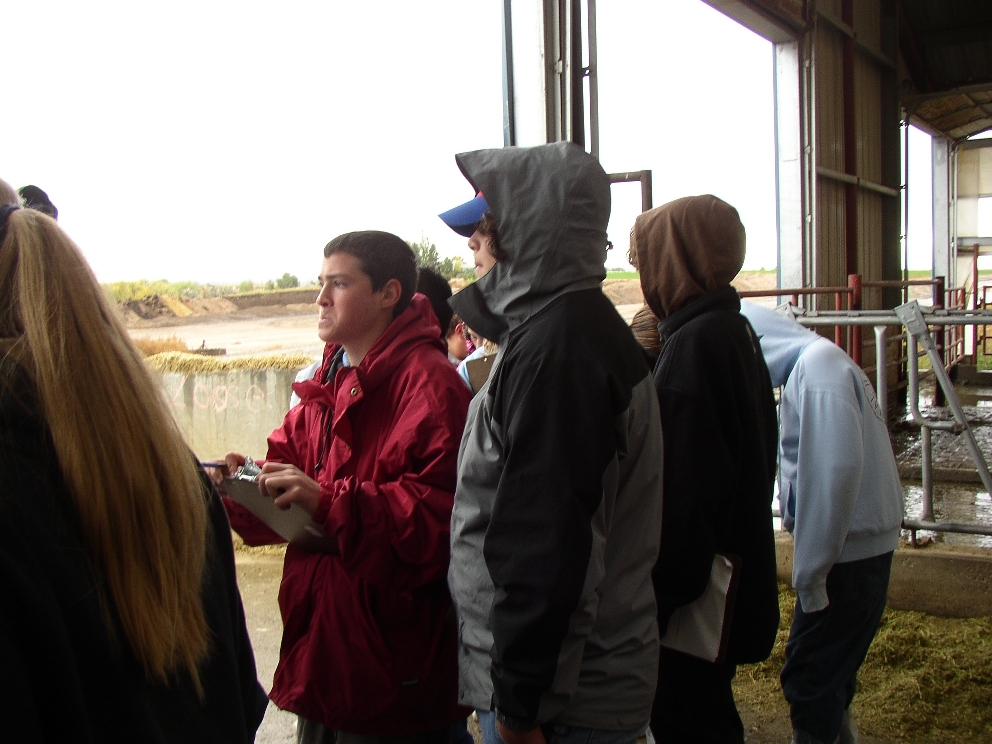
Getting students outside in their community really makes the classroom learning come alive! Students eat their sack lunches at a local natural area where PLT’s “The Fallen Log” activity reinforces the concept of decomposition. Prior to the field trip, the students use the PLT activity “A Peek At Packaging” to compare packaging of common items such as potato chips, applesauce, and pencils and determine that “convenience packaging” ends up costing about twice as much for the product as bulk packaging, and the enormous quantity of packaging simply ends up in the landfill. Tom Chapin’s song “Good Garbage” is a perfect match for this activity, and for the rest of the year students beg Ms. Jordan to “sing the garbage song” for students who have a birthday instead of singing the usual fare! Students are challenged to find ways of reducing the amount of garbage they send to the landfill, making the learning very personal. The PLT activities “A Look At Aluminum” and “Reduce, Reuse, Recycle” have boosted our recycling efforts in the school, and connect perfectly to the visit to the recycling center. This “multisensory” field trip is billed as a trip to local “natural areas” so that students see vividly how they are a part of nature’s cycles.
This unit has become so infused into the culture of Wellington Junior High that incoming 8th graders often ask on the first day of school, “When do we get to go to the dump?” and, “Do I have to touch the compost?” Graduating seniors who return to school to visit with their old teachers often remark on remembering the smells of the manure pond at the dairy or how they made simple lifestyle changes like rinsing out plastic baggies to reuse them because of the field trip experience.
Vicky Jordan, an 8th grade science teacher at in Colorado, shares her passion for environmental education with other teachers by facilitating PLT, Project Wild, and Project Wet workshops throughout Colorado every year.


